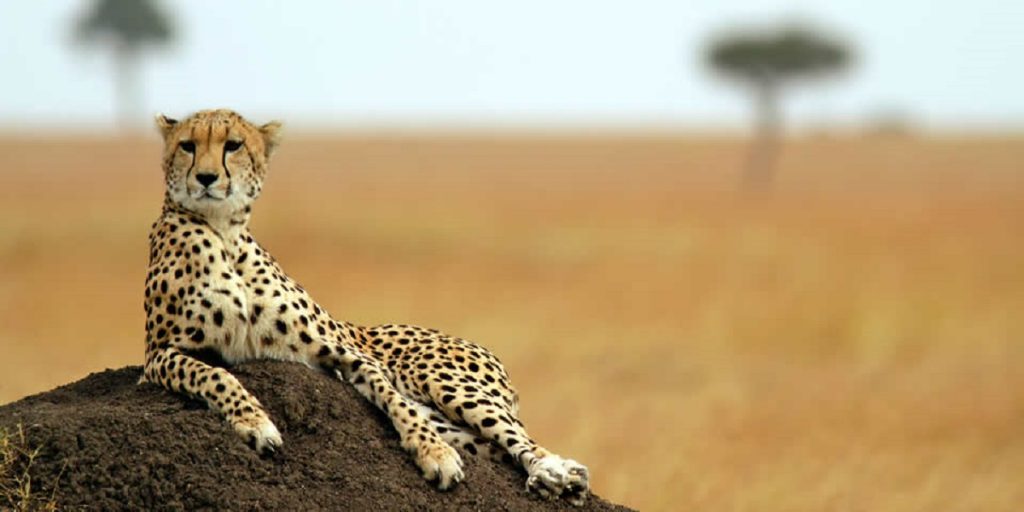
Important electronics to carry on your safari
Vital Safari Photography Equipment: Each person is recommended to have their own 35mm or 5+ mega pixel digital camera. It is best to have a variety of lenses to accompany the camera; a normal lens and a telephoto of 200mm minimum. If you prefer close ups or for the best images of birds, a 400mm or more lens is suggested, although not necessary and other lenses can also be brought, such as wide angle or macro. We do not advise on bringing cumbersome flash units or tripods but we do advise that at least one member of your group has a video camera available.
Film: for the best results filming, we suggest using film speed 400 ASA. In any low light conditions, including early mornings and late afternoons, we recommend a faster film of ASA/ISO 200, 400 or even 1000. For good light conditions, film speeds ASA/ISO 50-100 are suited.
Film is more expensive here and there is not as much variety, so you may not be able to get the film you usually use. For this reason we urge you to bring as much as you can to avoid running out! As a general guide allow one or two rolls of 36-exposure film for still photography and expect to shoot around 30 minutes of video a day. Our vehicles have cigarette lighters so remember to bring lead that can link your video equipment to the car when needed. Bring plenty of batteries and charger so you don’t run out!
Cameras get dirty when out filming for a day so ensure you have the correct cleaning equipment. A blower brush and soft chamois will clean well but there is small compressed air canister to blow dust off cameras now available.
Each person needs their own pair of binoculars as they are essential to see the birds and animals in the distance. The best size is 7 x 42 and they don’t need to be expensive but bird watchers should bring a Spotting Scope.
If you buy a new camera for your safari, make sure you are familiar with it before departure. Practise at home to ensure you’re comfortable with all the various settings and techniques.
Safari Photography Equipment List for Safaris
- Camera
- Telephoto lenses (200-400mm)
- Lens cleaning equipment
- Extra batteries
- Battery charger (12V or 220A for video cameras)
- Film (double what you think you’ll need)
- Camera bag
- Lead bag for film
- Zip lock bags
- Beanbag
- A notebook to record your days adventures while it’s still fresh!
Photography Tips
- The best way to ensure that you take a brilliant close up is to use a long lens with aperture set at f8 focussing on the animals eyes to get the whole face in focus.
- When you’re not focussing on a particular shot, have your camera set to f8 with the servo mode set to aperture priority so you are always ready for the little moments.
- Make sure you bracket you shots so you cover all possible options. Generally this is a portrait, landscape with the environment in view and a close up with detail.
- If the sun is bright, use a low contrast film. If it’s dull or cloudy use a high contrast.
- Keep your shots varied of both portrait and horizontal.
- Unless you are using a panning technique, moving animals will require a shutter speed of at least 1/125 and birds in flight 1/500.
- Take time to position your shots. Look at the surroundings for any potential distractions and the best shots.
- The minimum focal length lens for mammal photography is 300mm and for birds 500mm.
- To give the appearance of the animal moving, don’t centre your shots. Leave space left, right, above or below for the animal to move into.
To create dramatic photos, vary where you take your shots. Take some from the roof hatch, some from the windows and, where safe, get out of the vehicle to get on eye level.
What equipment do you need?
Any modern digital camera manufactured in the last several years is capable of taking excellent photos of wildlife and you do not need to buy the most expensive camera in order to take good pictures of your African safari holiday. Getting good pictures is far more about thinking carefully about composition and using some of the techniques outlined below, than spending a small fortune on the latest top of the range camera.
In general terms, a dSLR (digital Single Lens Reflex) camera with interchangeable lenses is the best option for a safari trip. The best lenses for wildlife photography are in the range of 200-400mm, while those wishing to take close ups (eg of insects), landscapes or shots of animals in their environment should if possible also bring wide angle lenses in the range of 24-100mm. We do not advise you to bring cumbersome flash units or tripods but we do advise that at least one member of your group has a video camera available, although many dSLRs now have these built in. Bring plenty of batteries and a charger so you don’t run out of power! Cameras get dirty easily on dusty safari drives, so bring plenty of cleaning equipment like cleaning cloths and a blower brush. Finally bring plenty of memory cards – you will be surprised how many shots you may end up taking.
Each person should ideally have their own pair of binoculars as they are essential to see the birds and animals in the distance. The best size is 8/10 x 40 and, again, they don’t need to be the most expensive top of the range binoculars.
Summary safari photography Equipment List for Holidays
- Camera
- Telephoto lenses (ideally covering 24-100mm and 200-400mm range)
- Lens cleaning equipment
- Extra batteries
- Battery charger
- Memory cards
- Camera bag
- Zip lock bags (to protect equipment from dust) but note plastic bags are banned in Kenya so use a cloth alternative!
- Beanbag (to provide stability for your camera)
- A notebook to record your day’s adventures while it’s still fresh!
You can also hire our safari photography equipment.
Read more about Do’s for perfect safari photo

